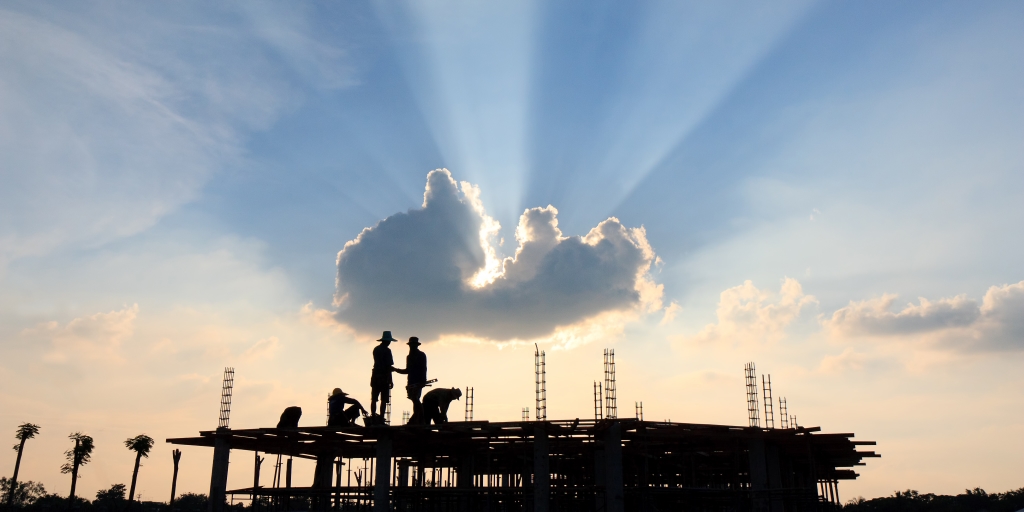More and more senior housing projects — built to resemble luxury multifamily communities with an increased emphasis on amenities — are popping up across the country as developers prepare for a population phenomenon that has never occurred in U.S. history: Adults over 65 will outnumber children under the age of 18 by the year 2035.
Florida, a long-popular destination for snowbirds and retirees, has the highest number of senior adult residents in the nation and more are arriving everyday. That’s a major reason why the Sunshine State leads the nation in senior housing construction projects, Debee says.
Currently, there are 74 senior housing communities totaling 9,134 units under construction in Florida, according to data provided by BBG Real Estate.
Miami leads the way with 19 senior housing communities under construction totaling 2,944 Units. The Orlando metro area has eight under construction totaling 842 units. Four of these projects are in Orange County, two are in Seminole and one is underway in Lake County.
The surge in senior housing — and new construction trends for the projects — was the subject of a presentation this week at the National Association of Real Estate Editors (NAREE) conference in Las Vegas.
“Ten-thousand people are turning 65 everyday, and will continue to do so for the next seven to eight years,” said James Hill, the associate vice president of Houston-based Kirksey Architecture. “And by that time they will have surpassed the total number of people who are 18 or younger for the first time in the history of the world.”
The amenities offered at newer senior living communities, whether it be an active living facility or independent living facility, are in place to not only to attract potential residents, but also their sons, daughters and grandchildren who will be visiting. In fact, these facilities are being marketed to the adult child.
Amenities often include trails, outdoor recreation space, pickleball courts, outdoor grilling areas, restaurants, cafes, putting greens and more.
Source: GrowthSpotter




